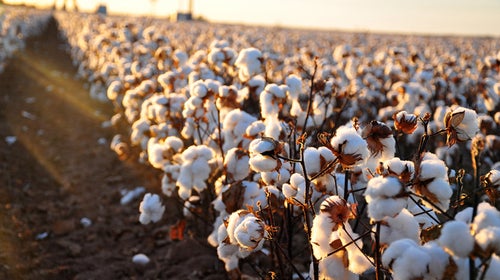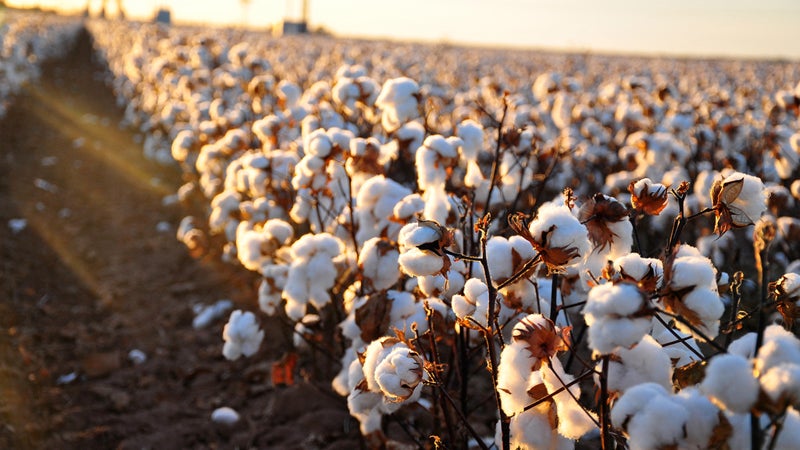The short answer is no. You’ve heard the adage “cotton kills,” right? While that saying is overused (the fabric is quite comfortable in certain situations), the fact is cotton retains moisture and doesn’t dry quickly—making it dangerous in cold situations. And any garment that contains cotton has that problem.��
“The nature of both the chemistry and the surface shape of the cotton fibers generally dooms them to hold water,” Robert Fry, global director of product merchandising and design at , wrote in an email. ��
Both the chemical and physical characteristics of cotton cause it to bond well with water—not a good thing when it comes to performance fabrics. Even by changing the yarn configuration, there’s very little designers can do to affect this poor moisture management, Fry says.
That’s why synthetic fabrics are such a godsend. Manufacturers can actually change the size of the synthetic fibers to wick moisture better. Take Polartec’s bi-component pieces, which have large fibers on the inside to absorb sweat and small fibers on the outside to move moisture away from your body. You can’t do this with cotton. ��
But, you might ask, what about cotton treated with hydrophobic chemicals? Not very efficient, according to Fry. “Cotton’s fiber surface is a form of cellulose, which doesn’t play well with waterproofing or wicking compounds,” Fry wrote. “Think about how many layers of shellac or polyurethane need to be applied to wood before it’s truly hydrophobic.”
No matter how you treat, mix, or spin it, cotton is going to do what nature intended it to do: grab and hold on to water. Let’s say a T-shirt made solely from cotton sucks at moving moisture 100 percent of the time. Even if you add synthetic fibers, the cotton portion still sucks at wicking sweat. You have a shirt made from 40 percent cotton? That means 40 percent of the shirt won’t work well in extremely cold conditions.
If I’m in a situation where moisture movement is the difference between life and death, I won’t take those odds.
��


